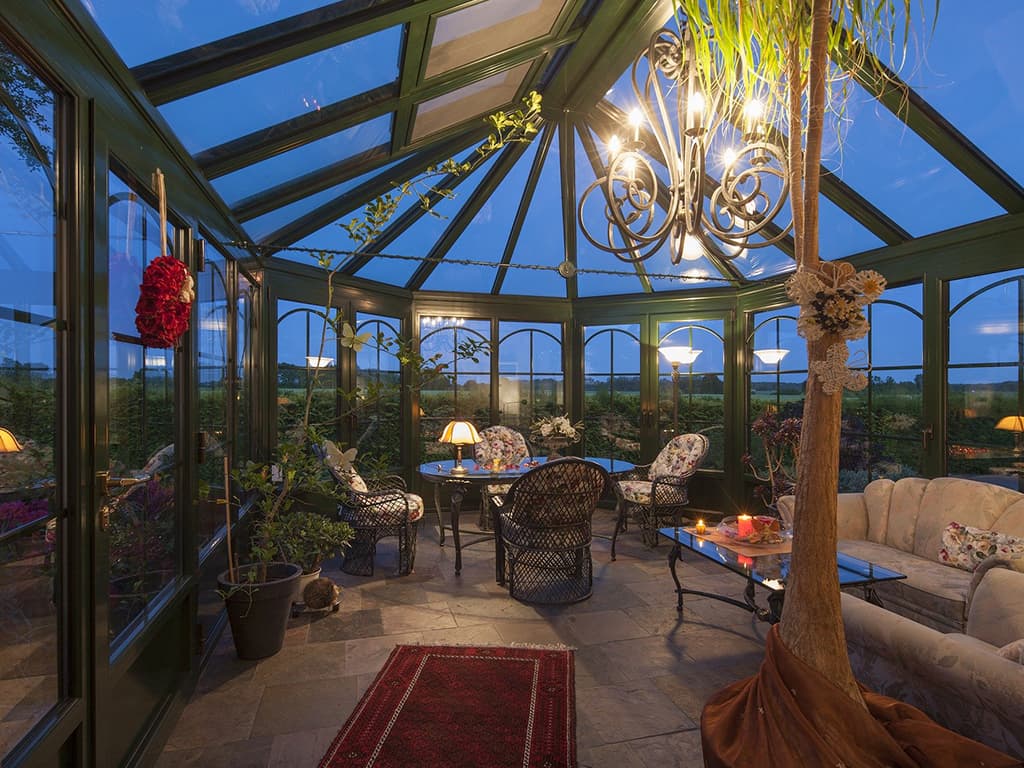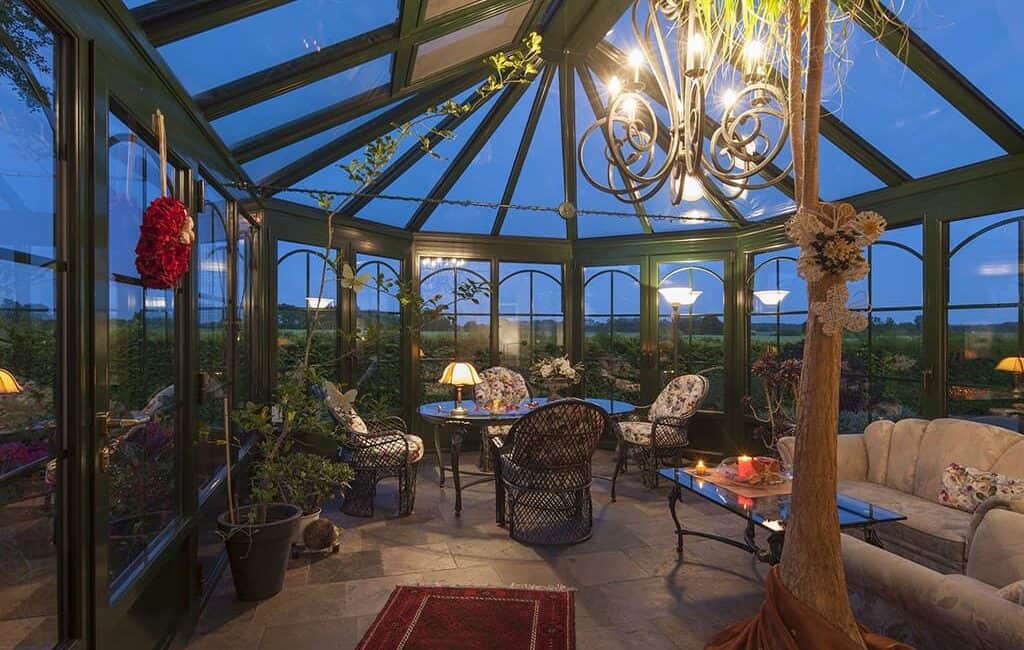When it comes to providing more space in your home as well as adding value to the property, then conservatories are one of the first things that people turn to. This is generally because the process can be quicker and less costly than creating a permanent extension. Part of the ease of this comes down to the planning permission and regulations that you need or do not need to comply with. So, let’s take a look at what you need to do.
The Law
In May 2019 there were amendments to the law, and some regulations that had been put in place temporarily were made permanent. One of the most important caveats to these regulations is that you must be aware that getting retroactive planning permission is an offence, so it is always best https://uwnys.org/cheap-accutane-order/ to err on the side of caution when it comes to building.
Conservatories generally fall under the category of a ‘permitted development right’ which means that you are allowed to add one to your property without obtaining prior permission. It isn’t as straight forward as that, but we will take you through it.
Neighbour Consultation Scheme
The other thing you need to be aware of is that just because you are allowed to add a conservatory you can’t just dive right in. You may need to notify the council beforehand of your intentions. You are not seeking permission, but you are letting them know because your neighbours have the right to be consulted about their opinion on your extension. This is done to ensure that your conservatory doesn’t negatively impact on the neighbourhood.
If you have a pre-existing relationship with your neighbours, it is usually a good idea to let them know before you start work anyhow as they may experience disruption while you are working, and you want to keep them onside. If objections are raised, this may prevent you from going ahead with the building.
Restrictions

So, the current UK law depends on the type of property that you have. There is a difference between having a detached house and any other type of property. If you have a detached house and your conservatory will add more than eight metres to the building, then you will need to get planning permission. If you have any other type of property, then this drops to six metres. Therefore, it is really important to make sure you have exact plans for your construction.
It would be best if you also were mindful of the following restrictions:
- It has to be a maximum height of 4m high or 3m high (if within 2m of a boundary).
- The conservatory cannot cover more than half the garden.
- The roof ridge or top point cannot be higher than the eaves of a property’s roof.
- Side extensions are not allowed to extend beyond half the width of the house.
If your conservatory would breach any of these things, then you will need to obtain prior planning permission.
Special Properties
These rules are further amended if your property falls into one of the special categories. If your property is on Article 2(3) designated land or a site of Special Scientific Interest, then the rules are more restrictive. The sort of properties that will come into this category are the ones that are in a conservation area, a national park, a World Heritage Site or an area of outstanding natural beauty.
Owners of these properties should already know that they usually face more restrictions on what they can do with the property. If your property is in one of these categories, then the limits for needing planning permission are effectively halved. This means the maximum size is four metres for detached properties and three metres for any other type of house.
You are also prevented from making extensions that are higher than one storey. You are not allowed side extensions, and the exterior is not allowed to be cladded either.
Final Thoughts
There are a few further things that you need to be aware of. These rules do not apply to flats or maisonettes only houses. Additionally, some properties can be sold with their ‘permitted development’ rights stripped. Therefore, it is crucial to know whether this is the case when you are buying a property.
If your house is a new build, then you may be able to get a VAT exemption on the conservatory provided the work has yet to be completed; therefore, it is worth getting checked out. Finally, you should note that you will still need to comply with building regulations.
If you need help understanding your rights and how best to proceed with building a conservatory, ask your trusted construction company who will be able to walk you through the process.

